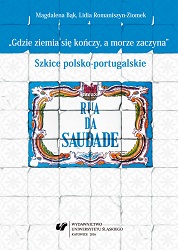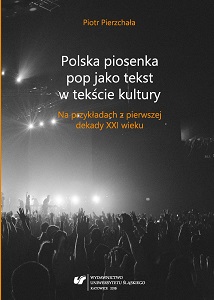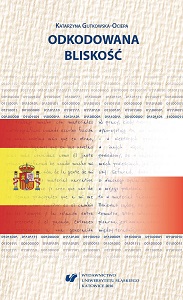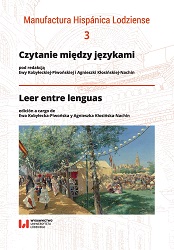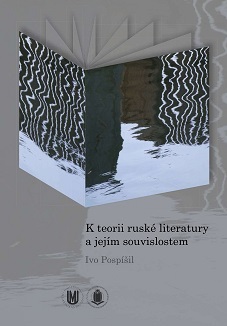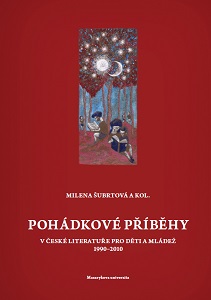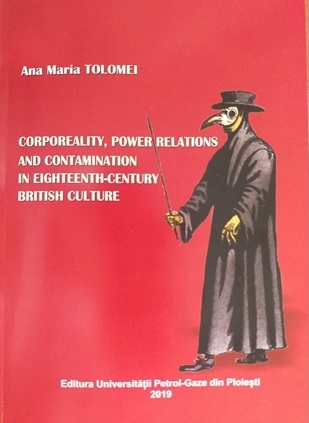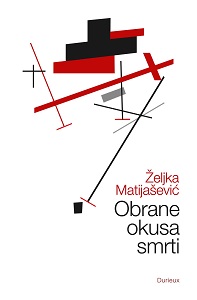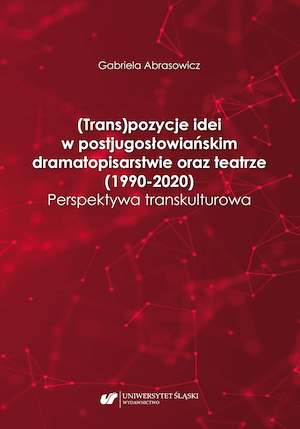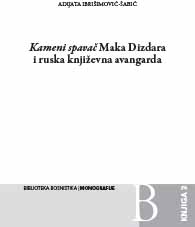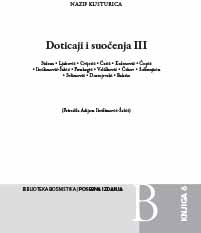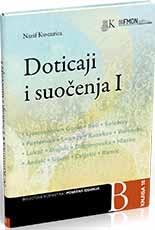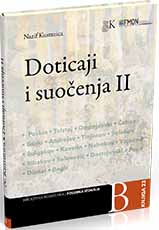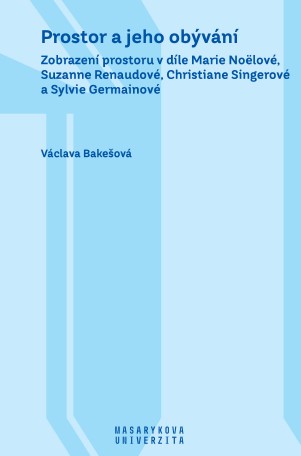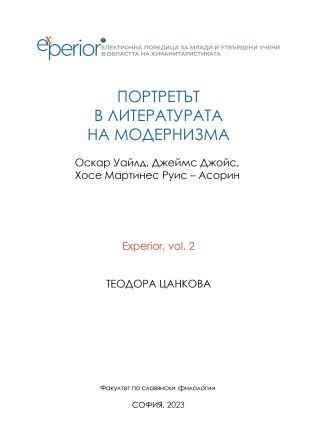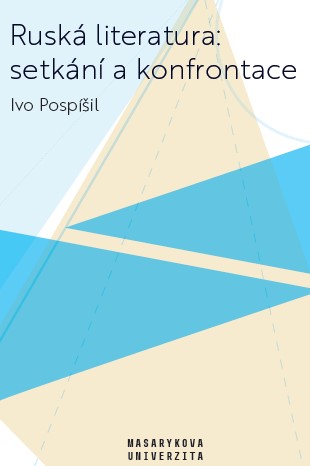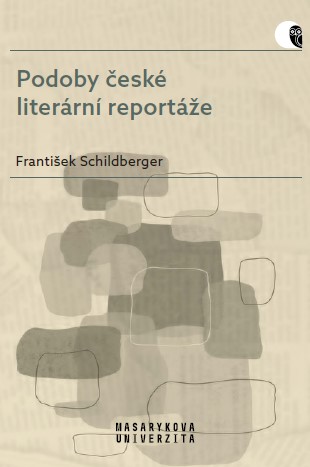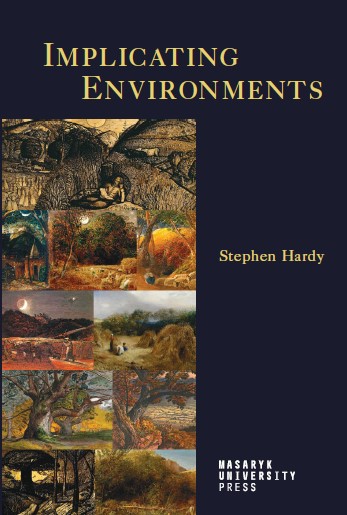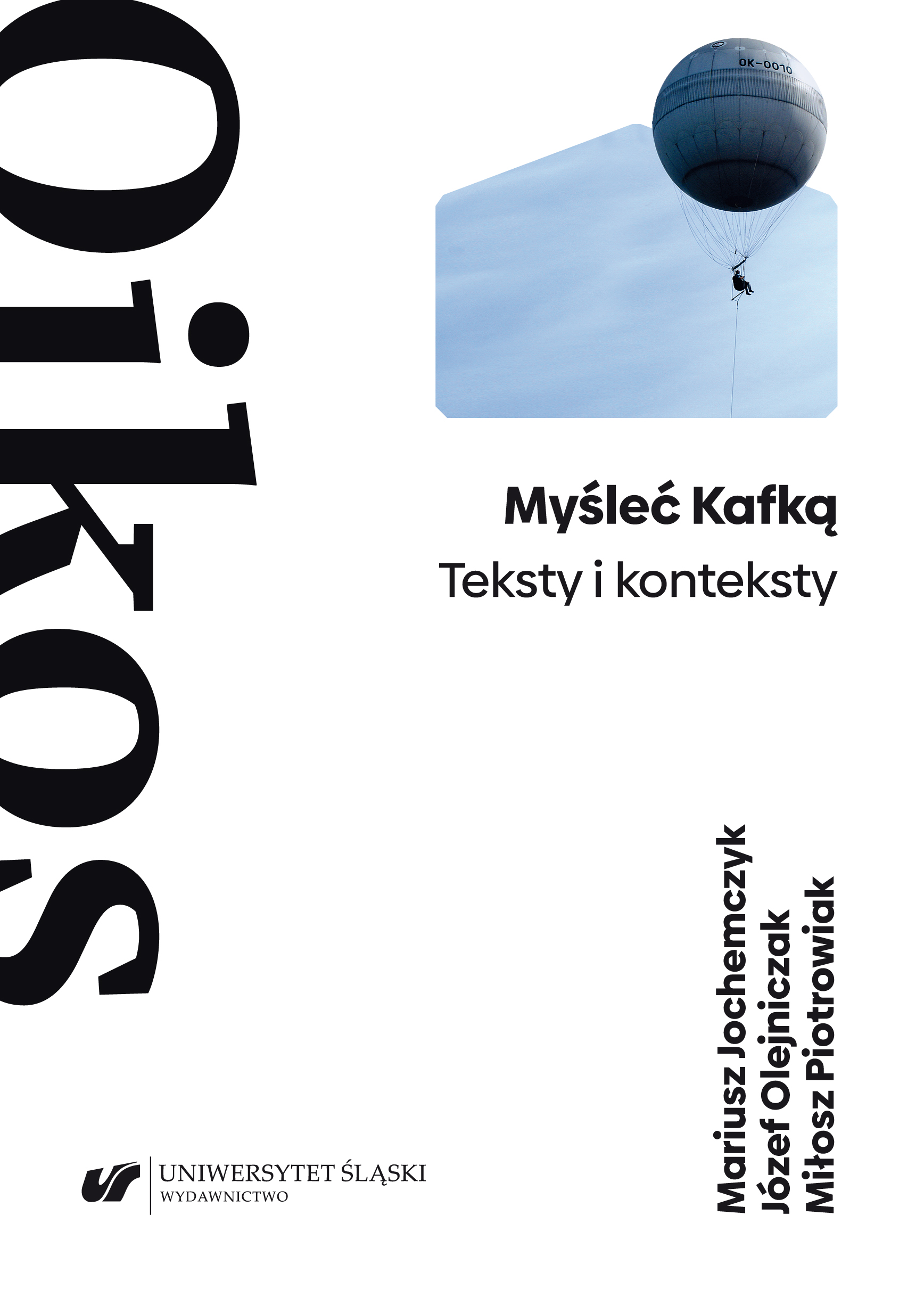
Wokół „Trenów” Jana Kochanowskiego. Szkice historycznoliterackie
The monograph comprises a series of essays discussing various aspects of the elegiac poetry of Jan Kochanowski, whose most profound literary achievement were undoubtedly the “Laments”, dedicated to his departed thirteen-month-old daughter. Chapter One, “The Issue of Genetics” constitutes a discussion of the early elegiac poetry of Jan of Blackwood, particularly a text written in Polish and dedicated to Jan Tarnowski, a distinguished Polish commander. The author, quoting passages from a 16th-century scholar Julius C. Scaliger, proves that Kochanowski, by directing his poetic message to the son of the late commander, was inspired by the generic characteristics of consolation speech (Consolatio), discussed by Scaliger in his theoretical treatise. The two following subchapters of the first part of the monograph are respectively devoted to metapoetic themes in “Laments” as well as the issue of genology of the series of poems dedicated to Orszulka Kochanowska. The metapoetic themes which exemplify the poet’s creative awareness and his aspiration to compete with the ancient tradition (aemulatio) are present primarily in the “seminal” texts and include: the title, which references the ancient Greek literary tradition of laments; the dedication; the epigraph; the epitaph for his other departed daughter, Hanna, added to the cycle; as well as the opening poems in the cycle, especially “Lament I” and “Lament II”.The author, on the basis of the conducted analysis, postulates that the poet of Blackwood accepted the ancient rule of decorum but understood it in a different, innovative way, thus setting himself apart from his contemporaries as he suggested that each person had the right to individual opinions and values. The content of the dedication which precedes the “Laments” testified to the subjective relationship of the mourner to the close relative. Thus the little girl—the subject of “Laments”—is presented not from the perspective of social or general human judgments, but rather she is presented through the lens of the values characteristic of a given person. For the poet, that departed child was a prominent figure, worthy of the lofty style, as a poem about the suffering and moral quandaries of the humanist thinker practically demands that sort of style. Thus, both the “seminal” (delimitative) texts which accompany the “Laments” and intratextual utterances which are metapoetic in nature testify to the fact that Kochanowski, even though he accepted and applied poetic norms as dictated by tradition as well as the rules of poetics of that time, still insisted on searching for new poetic solutions and new interpretations of normative rules originating in the ancient times.The last subchapter on “the issue of genetics” concerns the genological characteristic of the “Laments”. Analysing various formal elements of the poem (the type of the lyrical I, the addressees, the character of the world of the poem, composition, versification, the perspective on the subject, and others), the author concludes that the text was influenced by various literary forms, e.g. philosophical poem, classical epicedium, ancient tragedy, psalm, ancient Greek lament. “Laments” are characterised by a peculiar syncretic form, and the thesis that one of the genological forms is superior to others constitutes only one avenue of interpretation.The aim of Chapter Two, “The Expression of Silence in the “Laments”,” is to discuss the function of one of the tools which Kochanowski draws from the literary tradition. The expression of silence constitutes a literary means of expression which was used successfully by ancient tragedians such as Aeschylus and later on was adapted for the purposes of the planctus in the Middle Ages, and both their influences can be seen in the “Laments”. Moreover, Kochanowski skilfully and tastefully adapted this poetic tool to let it reflect new meanings and allow for the posing of existential questions.Chapter Three, entitled “ ‘Understanding through suffering…’ In Search of the Tragic Formula in the “Laments”,” focuses on the issue of suffering and tragedy in the poem dedicated to Orszulka. The author attempts to reveal the conflicting mechanism of the poetic world of the “Laments”. This conflict is exemplified by the struggle, the act of choosing and the deeds of man—and it is precisely that which constitutes the essence of tragedy. These contradictions are noticeable even in the very construct of being, which the lyrical I of the “Laments” comes to recognise, in the chaos of various phenomena and the multiplicity of meanings of particular words and symbols emphasised in the work. These antinomies are present also in the human subject—the lyrical I, who struggles with himself as well as the ever-present, insidious evil. Thus, the mind of the subject shaped by the Renaissance principle of humanism, which emphasises the importance of order and harmony, experiences an internal battle between opposing forces. The shocking experiences and reflections of the lyrical I—the father—allow for the emergence of the will to overcome the tragedy, but at the same time they contribute to a certain intellectual scepticism on the part of the subject (see: the word “uncertain” at the beginning of the last verse of “Lament XIX”).In Chapter Four, “Towards Allegoresis. Allusions to Greek and Roman Mythology and Mythological Figures in the “Laments”,” the author discusses the allegorical dimension of Kochanowski’s references to mythological figures. The truth concerning reality, which exists on the allegorical level of the myth, i.e. the truth about the connection between the human life and the cycle of nature and the connection with earth, the truth about the inexorable passage of time and the inevitability of death regardless of age or experience—this truth remains unacceptable for the lyrical I. The confrontation of human, subjective logic with the logic of nature reveals the lack of acceptance on the part of the subject and certain rejection of the objective laws of the universe (“wretched Persephone”), which appears as mysterious, uncertain and impossible to understand completely by the human mind. The only thing which remains unsusceptible to death seems to be love (Orpheus), but love neither soothes nor eradicates suffering.The last chapter, entitled “Stone as a Motif and as a Symbol in Kochanowski’s Works,” is devoted to the analysis of the motif of the stone in Jan Kochanowski’s poetry. In the chapter, the author ventures beyond the elegiac texts and analyses not only the “Laments”, but also “Psalms”, “Songs”, “Epigrams”, “Forricoenia” (written in Latin) and other—less well-known—works. Comparing Kochanowski’s paraphrase of the psalms with other 16th-century translations of “David’s Psalter” testifies not only to Kochanowski’s excellent craftsmanship but also makes evident the peculiar and omnipresent symbolism of the motif of the stone in his poetry. The motif of an uncut stone as an element of nature or, in a broader sense, an element of creation, appears usually in his works which allude to the Judeo-Christian tradition. In “Psalms”, it reflects the power of God, and, as an element which supports the enormous weight of a symbolic edifice, it symbolises Jesus Christ. Moreover, the motif of the rock (pillar of strength, mountain) appears in “Psalms” far more often than in his other works. The rock, thus, comes to symbolise the holy place, the glory of God, safety and support which God grants righteous and pious men. On the other hand, the motif of a carved stone, one which has been adapted for everyday use, is present predominantly in poems which allude to the Greek and Roman ancient order. These poems are primarily metapoetic or meditative in character, but there are several elegiac or love poems among them as well. Similarly to the psalms, the symbolic nature of the stone seems to be vast, encompassing a variety of meanings. The stone can symbolise both values highly regarded by the human subject, and, on the other hand, the negative aspects of reality, including the evil present in the world.In “Conclusions,” the author emphasises that the rejection of schematic thinking expressed in the poems, as well as their apology of individual choices made by a subject, the preference for not only a particularly understood “virtue” but also subjective systems of values appear to have been so far mostly ignored by the literature on the subject. The author’s individualism is manifested not only in his search for new artistic solutions and his innovative attitude towards the literary legacy of antiquity (aemulatio). Quite the opposite, the content of his works also betrays a deep conviction concerning the necessity of respecting all human lives. Looking back at Kochanowski’s works from the perspective of the 21st century, when the threat of schematic thinking—for various reasons, including perhaps the influence of contemporary media—has finally become real, we can appreciate not only the artistry, but also the lyrical and meditative attitude, built on extremely strong foundations (Bible and the Greek and Roman antiquity), which remain omnipresent in the works of Jan of Blackwood—a poet, a sage, and a humanist.
More...
